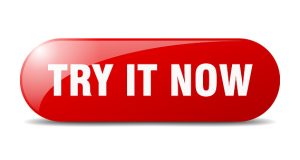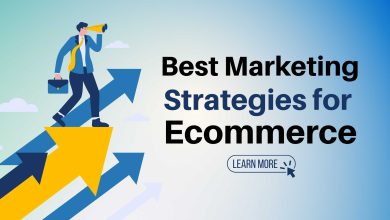How to Sell Products and Services on a Landing Page
A well-designed landing page has become a vital tool for businesses to drive conversions and generate sales. A landing page serves as a focused and persuasive platform to showcase products and services, capture leads, and guide potential customers through the sales funnel.
Ready Made Alpilean Landing Page
In this essay, we will explore the key elements and strategies involved in effectively selling products and services on a landing page, from creating compelling content to optimizing conversion rates.
I. Understanding the Purpose of a Landing Page:
A landing page is a standalone web page designed with a specific objective in mind, typically to drive conversions. Unlike a website’s homepage, a landing page is focused on a particular product or service and presents relevant information to entice visitors to take a desired action, such as making a purchase or filling out a lead form.
1000+ Readymade Landing Page Templates with Elementor Pro
II. Key Elements of an Effective Landing Page:
1. Attention-Grabbing Headline: The headline is the first element visitors see when they arrive on a landing page. It should be clear, concise, and compelling, capturing their attention and conveying the unique value proposition of the product or service.
2. Engaging Content: The content on a landing page should be persuasive, concise, and benefit-oriented. It should highlight the key features, benefits, and value that the product or service offers to the target audience. Use clear and persuasive language to build trust and credibility.
Javaburn Weight Loss Product Landing Page
3. Captivating Visuals: High-quality images and videos can significantly enhance the impact of a landing page. Visuals should be relevant, visually appealing, and support the product or service being showcased. They should help communicate the benefits and value to the visitor.
4. Call-to-Action (CTA): A well-designed CTA is a crucial element of a landing page. It should be prominently displayed, visually distinct, and use action-oriented language. The CTA should clearly instruct visitors on the desired action, such as “Buy Now,” “Sign Up,” or “Request a Demo.”
5. Social Proof: Including testimonials, reviews, case studies, or customer success stories can instill trust and credibility. Social proof demonstrates that others have had positive experiences with the product or service, increasing the likelihood of conversion.
III. Optimizing Conversion Rates on a Landing Page:
1. Clear and Simple Design: The design of a landing page should be clean, uncluttered, and focused. A cluttered or confusing design can distract visitors and hinder conversions. Use white space effectively to guide the visitor’s attention to the most critical elements.
WPForms Pro – Easy Form Integration for WordPress
![]()
2. Mobile Responsiveness: With the increasing use of mobile devices, it is crucial to ensure that the landing page is optimized for mobile viewing. A responsive design will adapt to different screen sizes and provide a seamless user experience.
3. A/B Testing: Conducting A/B testing allows you to experiment with different variations of your landing page to identify the most effective elements. Test different headlines, visuals, CTAs, and content to optimize conversion rates and improve overall performance.
4. Clear Navigation and Minimal Distractions: A landing page should have a clear and intuitive navigation structure. Avoid including unnecessary links or distractions that could lead visitors away from the desired conversion goal. Keep the focus on the product or service being promoted.
IV. Building Trust and Addressing Concerns:
1. Clear Value Proposition: Clearly communicate the unique value and benefits that the product or service offers. Explain how it solves a problem or fulfills a need for the target audience. Use persuasive language to build trust and establish the product’s credibility.
Ready Made Alpilean Landing Page
2. Contact Information and Support: Display contact information or a support system to address any concerns or questions visitors may have. This adds transparency and reassures potential customers that assistance is readily available.
3.Secure Payment Options: If selling products on the landing page, ensure that secure payment options are available and clearly communicated. Display trust badges or security certifications to give visitors confidence in providing their payment information.
V. Driving Traffic to the Landing Page:
1. Pay-Per-Click Advertising: Utilize platforms like Google Ads or social media advertising to drive targeted traffic to the landing page. Select relevant keywords and demographics to reach the intended audience effectively.
2. Search Engine Optimization (SEO): Optimize the landing page for search engines by incorporating relevant keywords, meta tags, and engaging content. This increases the visibility of the page in organic search results and drives organic traffic.
1000+ Readymade Landing Page Templates with Elementor Pro
3. Email Marketing Campaigns: Leverage email marketing to promote the landing page to an existing subscriber base. Craft compelling emails with personalized messaging to encourage recipients to visit the landing page and convert.
Conclusion:
Selling products and services on a landing page requires careful consideration of various elements and strategies. By creating compelling content, optimizing conversion rates, addressing concerns, and driving targeted traffic, businesses can maximize the effectiveness of their landing pages. Remember to continuously analyze and optimize the performance of the landing page through A/B testing and ongoing improvements. With a well-designed and optimized landing page, businesses can captivate visitors, build trust, and successfully convert prospects into paying customers.





